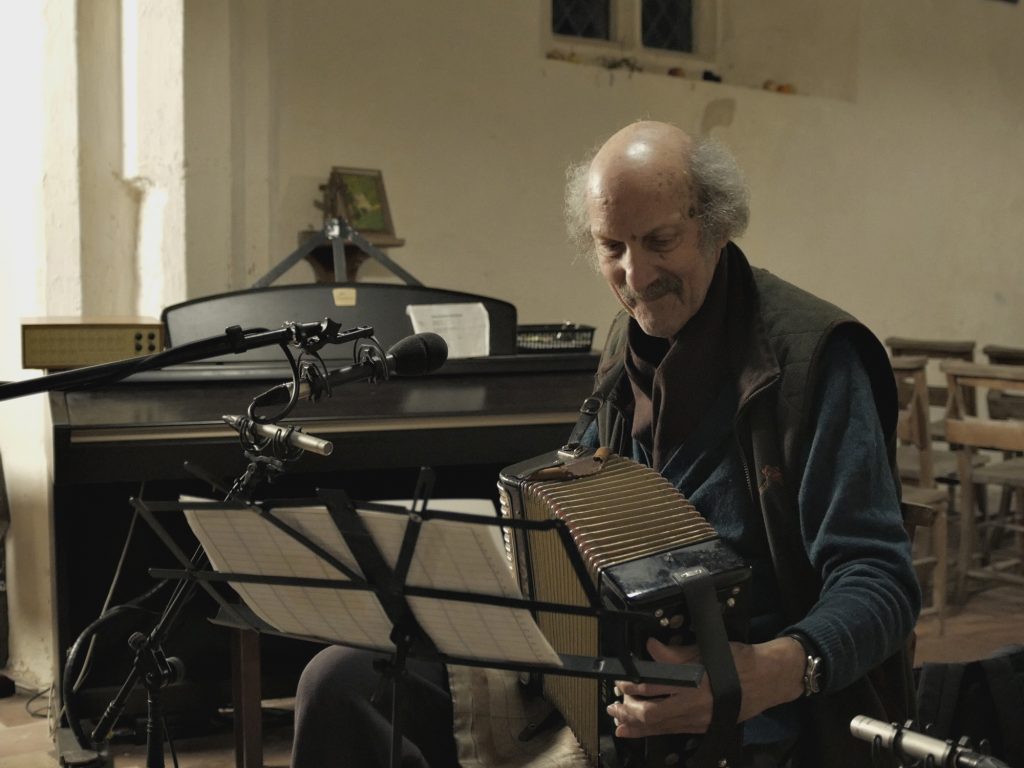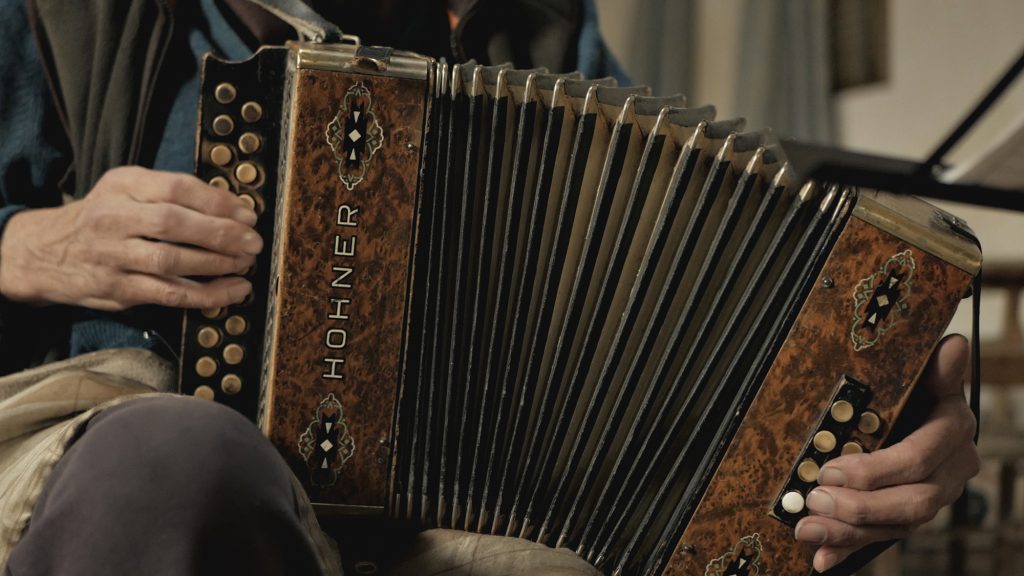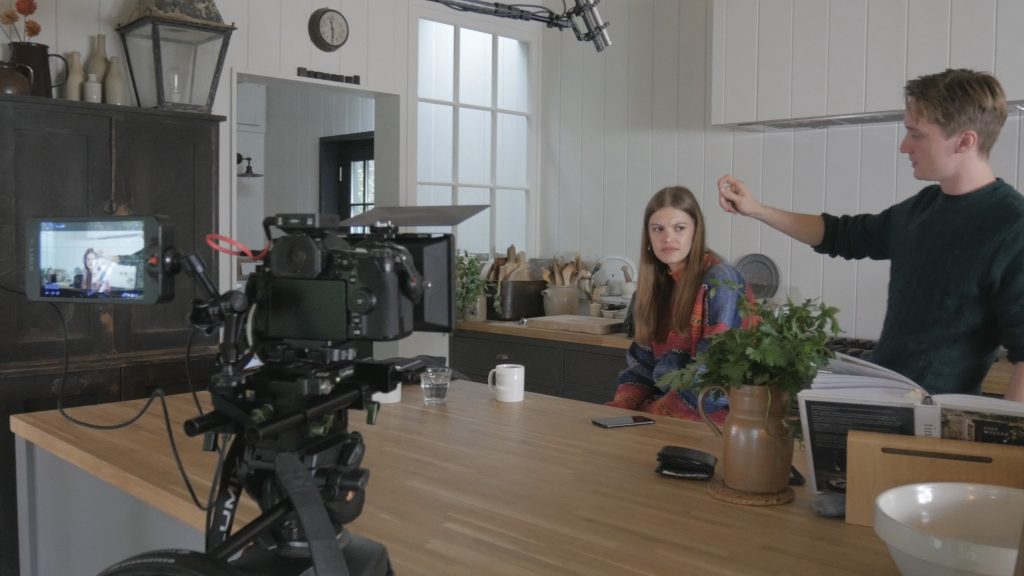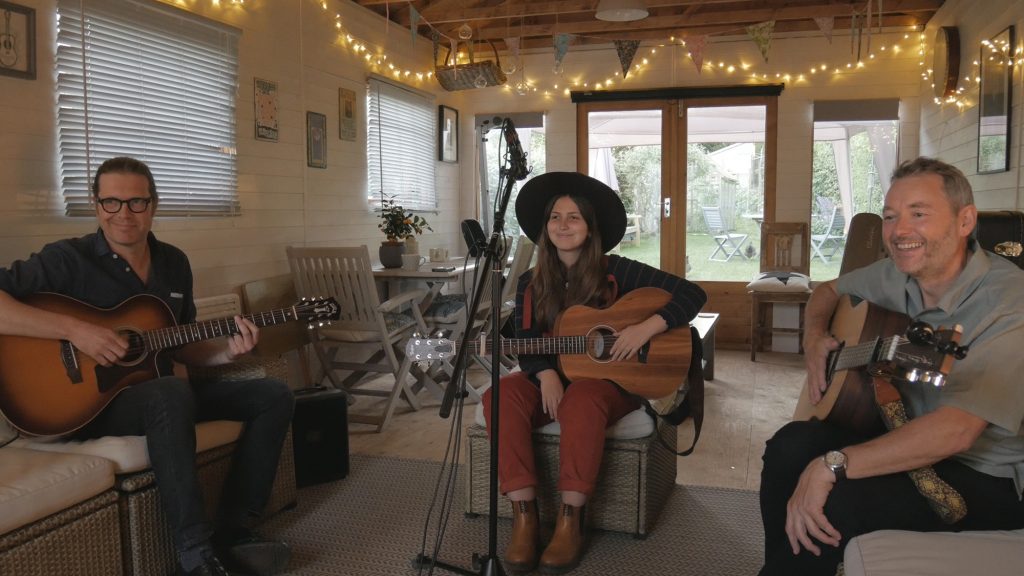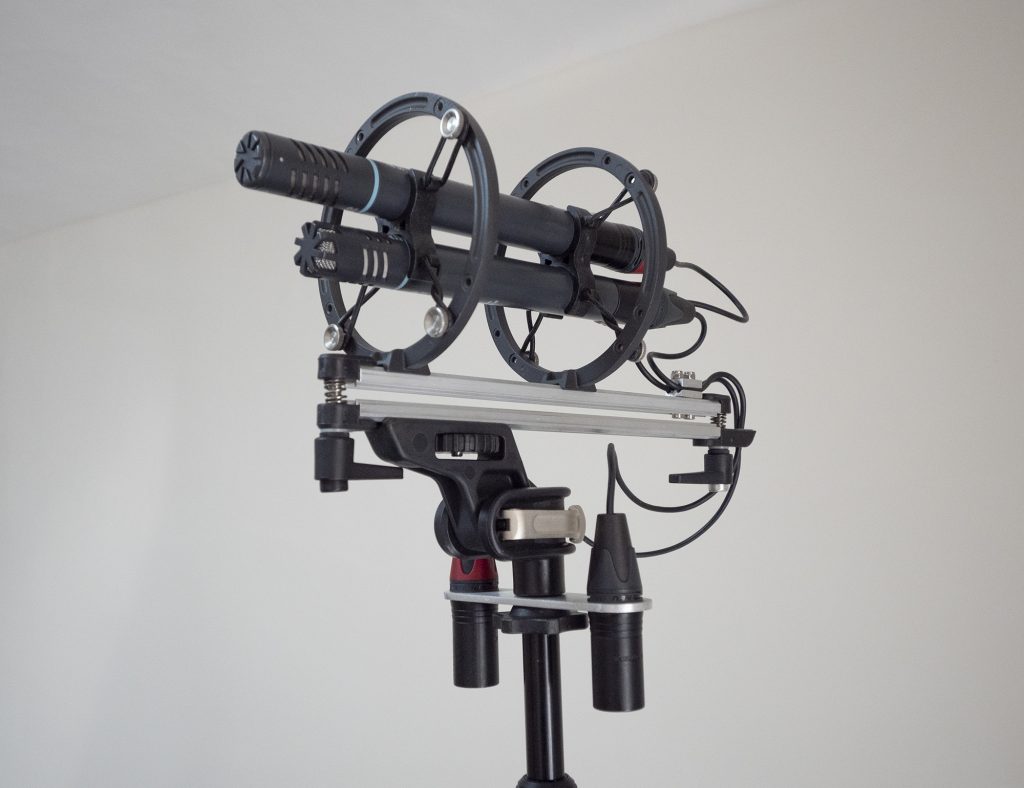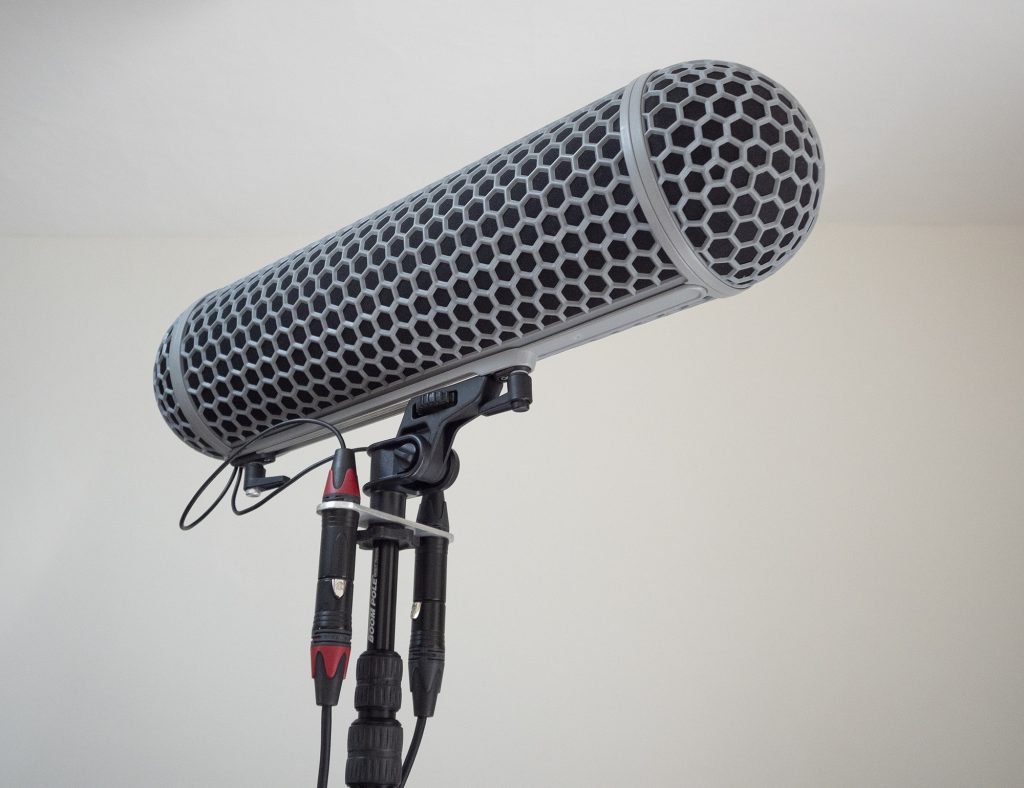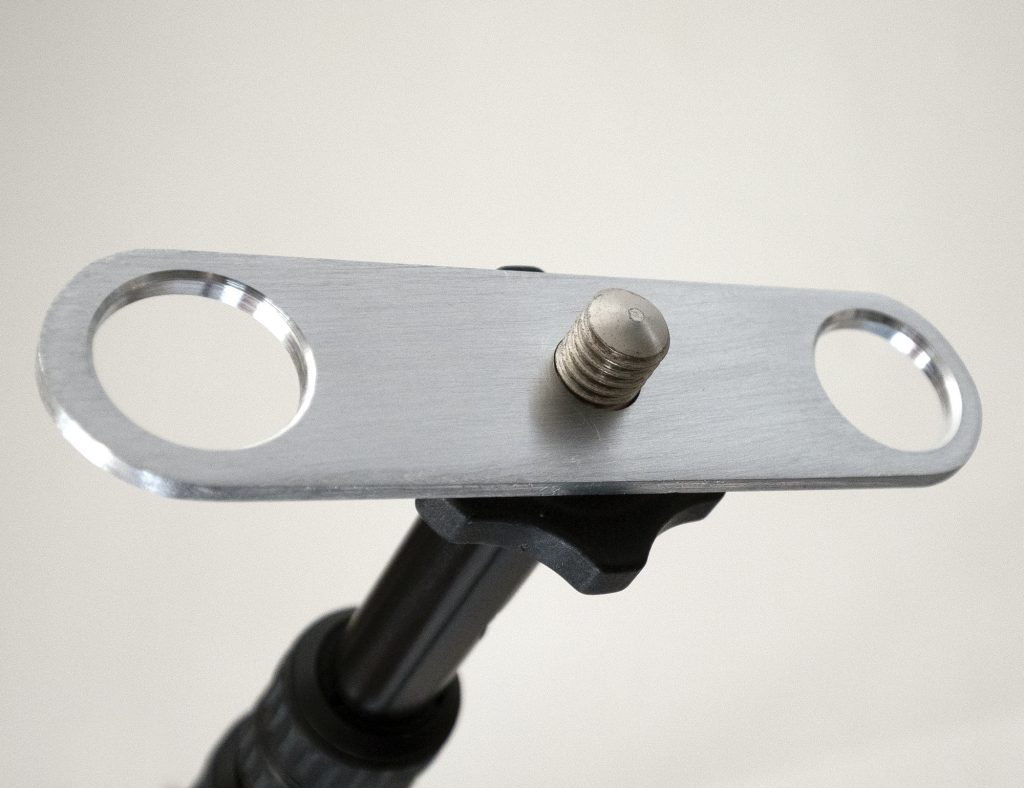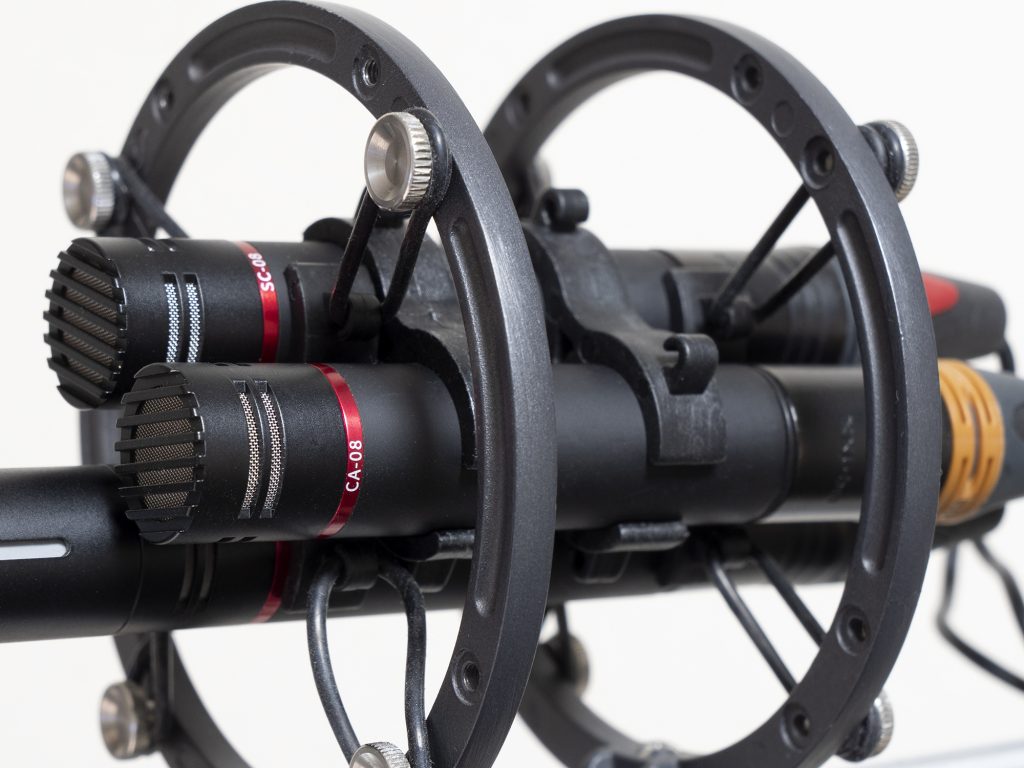
A year on from the launch of their shotgun mics (the HC-15 and HC-22) the folks at Rycote have produced three more mic models: an omni, a cardioid and a supercardioid. As with their previous mics, these are designed in-house and made at the Rycote factory in Stroud: an addition to the astonishingly small number of mics made in the UK. It was good to hear the announcement that the same capsule and preamp design was being used again, since the two shotgun mics sound excellent and have very low self-noise. Importantly, a similar design increases the chances of a close match in the sound between different polar patterns, and Rycote certainly claim that this commonality gives ‘a tonal and sonic signature that makes them cut together seamlessly’. The last is relevant to many uses, but, given Rycote’s focus on windshields for sound for film and TV and their initial production of shotgun mics, my first thoughts have been to wonder how their shotgun mics inter-cut with the new supercardioid when switching between them for dialogue. So with this, and a specific music recording project, in mind, I was pleased when the folks at Stroud sent me a pair of the cardioid CA-08 mics and a supercardioid SC-08 mic for testing. As with the HC-15 and HC-22 no conditions/obligations applied, and the following thoughts and tests are entirely my own.
The approach
As I said with my review and tests of the two Rycote shotgun mics last year, I’m not overly excited by mic reviews – usually vlogs – that involve unboxing and reiteration of the published specs, in this case again readily available online on the Rycote website, along with some tests of the mics in an unlikely location (e.g. with shotgun mics locked off above a vlogger’s head in their indoor studio). Comparative tests are tricky too, especially with the cardioid mic: this is the most popular polar pattern so there are even more cardioid small diaphragm condenser (SDC) mics out there than shotgun mics, and to cover all such mics and uses is outside the scope of what I can do. If you want to hear how these mics stack up against a particular mic you own or think is an obvious alternative, then for the nuances of one against the other there is no substitute for testing and working with both mics yourself and no review or on-line test is going to replace that. Rather, the focus of this review is a series of real-world tests, some out and about on location, with the aim to see how well the sound from the different polar patterns match, how the mics hold up off-axis, and how well the new mics – with their polar patterns opening up uses quite different than the normal application of the previous shotgun mic models – fare when recording music and ambiences. Sometimes I use another mic for the purpose of comparison, or to illustrate a point. As readers of this blog will have noted, I am a user of most of the range of AKG Blueline mics, and these aren’t a bad range of mics to use for such occasional comparisons as they are priced similarly (although the fact that the Blueline mics are being phased out of production means that availability is another issue). I also compare the mics to the cheaper, but popular, Rode NT55 mics, and to three well-respected mics used by discerning professionals: the Neumann KM184 (cardioid), which is similarly priced to the Rycotes, and the much more expensive Schoeps CMC64 (cardioid) and CMC641 (supercardioid).

The physical side of things
I’ve no wish to rehash the specs of the two Rycote mics that can be read in the specs sheets for the CA-08 and SC-08, but, on the physical side, it is perhaps worth emphasizing their small size: at 78mm long the 19mm diameter mics are just over half the length of my AKG and Rode SDC mics, and proportionally lighter. The length of the brass-barreled mics matches the preamplifier and capsule part of the HC-15 and HC-22 shotgun mics (i.e. without their aluminium interference tubes). The smallness is handy, both with the supercardioid (where boom-pole use is more likely) and with the cardioid (where, if used with some low-profile XLR connectors, it opens up opportunities for the more creative for field recording – it should be possible to fit an ORTF pair in a 100mm-diameter blimp without the capsules being too near the edge of the windshield). A lack of switches for a high-pass filter and a pad might concern some, but this isn’t a huge issue for me: and, of course, many a rival mic (such as the similarly-priced Neumann KM184 and KM185, or the relatively new Rode TF-5) have no such on-mic switches. As with the HC-15 and HC-22, access to the innards is by release of the brass circlip in the XLR socket, which seems preferable to a screw (the circlip also grounds the mic body to pin 1): I didn’t open up the mics though. The wooden cases are nice, well made and close in a satisfying way (simple pleasures!): not sure many would use them in the field though, not least as there is no room for the included foam windshields and mounts (the latter are of limited use, being rigid mounts: like many, I will be using Rycote’s own lyre-based suspensions).
RFI
Before even starting to record anything, I was interested in the impact of radio frequency interference (RFI) on the mics. Living in rural Norfolk, much of my life is outside or on the edge of mobile phone reception, where some models of phones transmitting at full power can cause notable interference on mics at up to, say 1m/3ft: not a problem with mics on a stand, but I’ve had this become a real issue with handheld shotgun mics and a phone in my jacket pocket (on those rare occasions when I forget to turn my phone off). And this could be a problem with ENG work too (i.e. from the phone of an interviewee). So I was glad to find that both mics handle my spraying of phone, and other, RFI sources (wifi etc.) well.
Handling noise
Handling noise isn’t such a consideration for some of the new polar patterns as for the shotgun mics, although some field recording may involve moving the mics while recording and, of course, the supercardioid is a likely candidate for boom-pole use, so it is on this mic that I focused. Testing for handling noise transmitted via a boompole involved some deliberately terrible booming, aiming for maximum transmission of vibration to the mics (on an Invision 7 suspension): banging cables, moving hands all over the boom pole crazily – the sort of stuff that would have you escorted off a film set within 10 seconds and banished for life! The Rycote SC-08 handled the boom-pole abuse better than the two comparison mics (the well-behaved AKG CK93 (hypercardioid) and the Oktava MK012 with the hypercardioid capsule), showing less of a tendency to pick up transmitted low frequencies through the boom pole. Here are the test files:
Wind noise
Wind noise with cardioid and supercardioid mics can be an issue: there are often good reasons to take such mics outdoors and, also, supercardioids on a fast-swung boom pole indoors can be vulnerable to wind. Susceptibility to wind on a mic varies with polar pattern, of course, and, while wind protection up to a full blimp can address the issue, it is good to examine the baseline noise. For this – not least given relevance to actual use of the supercardioid– I have just gone for some simple fast boom-pole swings, with the SC-08 mounted together with the AKG CK93 and the Oktava MK012 (hypercardioid capsule) for comparison. Interestingly, the bare SC-08 was fairly susceptible to wind noise, only 1dB better than the Oktava MK012 and over 6dB worse than the AKG CK93. Putting matching (Rycote) foam windshields on the three mics, however, changed matters dramatically: the Oktava MK012 was by a considerable (4dB) margin the worst performer (it is well-known as susceptible to wind noise when booming), followed by the AKG CK93, with the SC-08 offering -7dB and -3dB less wind noise than these mics respectively. Booming with a bare mic or, indeed, using a bare mic when any wind is in the offing is not realistic, so the tests with basic foam windshields are perhaps the most relevant to real-world usage. The test files here have a short clip of fast boom-pole swings with the bare mics, followed by a second or so of silence and then a clip of the fast boom-pole swings with the slip-on foam windshields on the mics:
Self noise
Rycote’s two shotgun mics have 8.5 dBA self-noise, which is about as low as it gets for a shotgun mic (think Sennheiser MKH 60 at 8dBA) and is much better than most of the professionals’ favourites, helped by the 17mm-diameter diaphragm size squeezed into a 19mm-diameter mic body. This low self-noise figure was born out by comparative tests with the shotgun mics, so I was optimistic that the low self-noise figures for the new mics were similarly accurate: 11 dBA for the OM-08 omni mic (not tested for this post); 12 dBA for the SC-08 supercardioid; and 13 dBA for the CA-08 cardioid. A check on the reality of these figures – by recording the sound of nothing (mics buried deep in duvets in the airing cupboard, with all doors and windows closed and the mains electricity turned off, recording into a Sound Devices MixPre-3 [EIN -130dBV/-128dBu]) and with reference to other mics – confirmed that the self-noise is indeed around that stated. There’s not a lot of value to uploading WAV files showing the slight hiss with gain cranked up, simply to confirm the published spec. The low self-noise of the new mics is very welcome, as it puts them in good company: for example, the cardioid CA-08 matches the Sennheiser MKH 8040, and the supercardioid SC-08 has 1dB less self-noise than the Sennheiser MKH 8050. More practically, the low self-noise means that the Rycote mics are good choices for recording quiet sounds, such as some sound effects, more delicate musical instruments and nature.
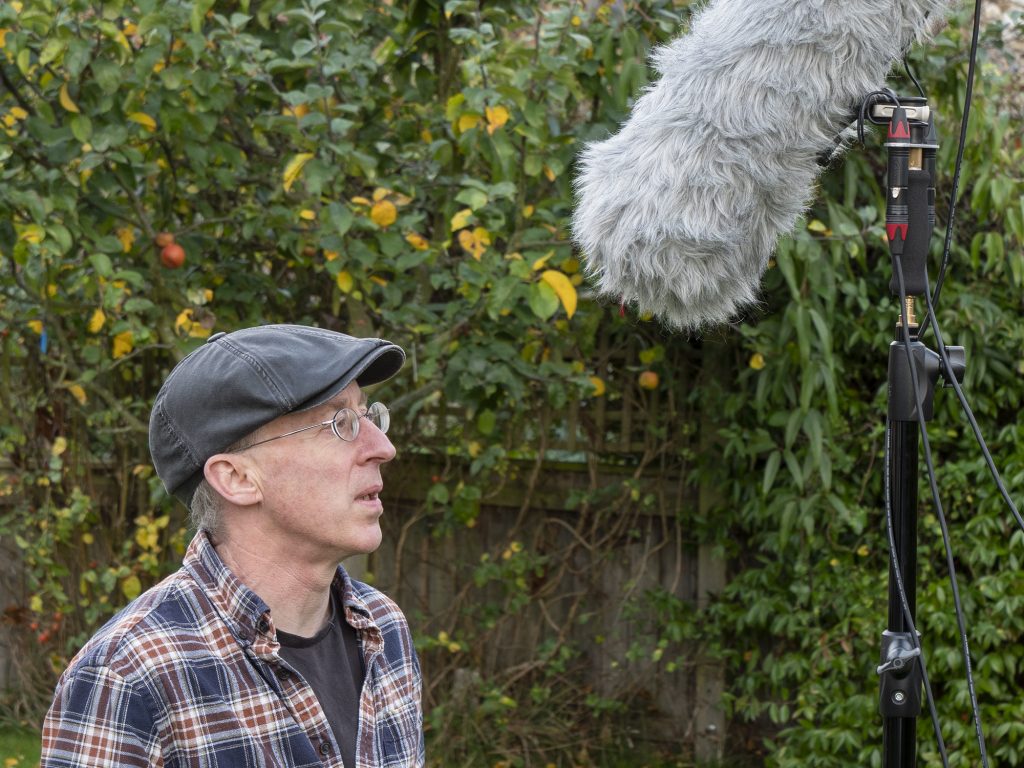
Dialogue
Right, time for some dialogue tests and, especially, to see how well the supercardioid and cardioid match the Rycote shotgun mics. For this the HC-22 medium shotgun mic was mounted alongside the SC-08 and CA-08 in a Rode blimp, and tested on axis and off axis outdoors.
There is a little difference between the three mics in terms of sound, as you would expect (not least from the frequency response graphs), but nothing that would make matching and inter-cutting hard. I’ll be interested to see how I (and, indeed, others) get on with this with more regular usage of the different mics for dialogue, but my initial feelings are that the mics are good in this respect and that use of the same capsule and preamp has had the desired effect.
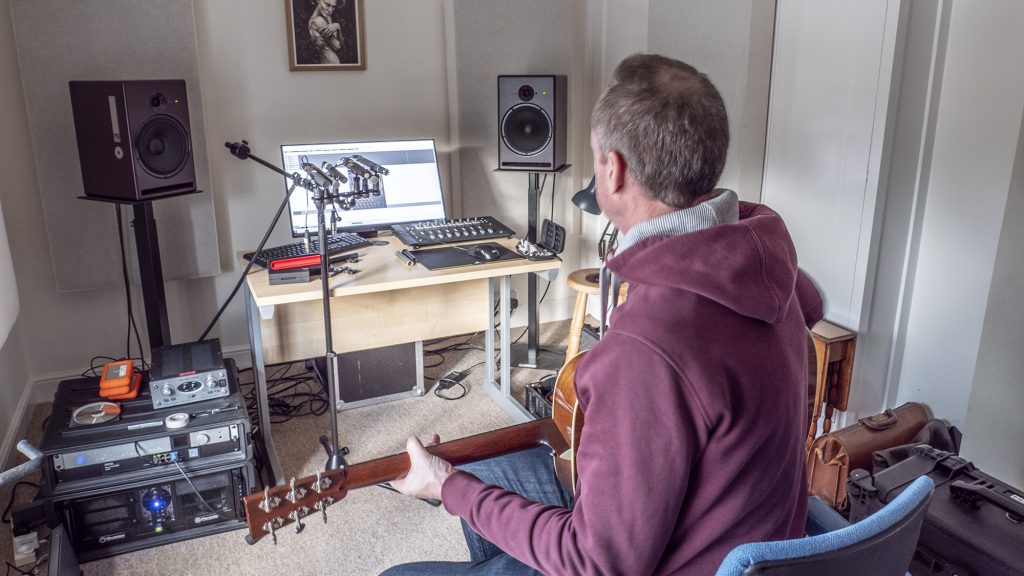
Music recording
With the Rycote shotgun mic tests I included some music examples, and, with these new cardioid and supercardioid models, there is a much more compelling reason to do so. Among various tests, I took the mics over to the mixing/mastering home studio of a professional location sound engineer, the wonderfully helpful Mark Fawcett of Fish Need Snorkels, and put the mics through their paces on some fairly ad hoc guitar and vocals, alongside a few other mics: the supercardioid SC-08 was compared to my AKG CK93 hypercardioid and Mark’s Schoeps CMC641; and the cardioid CA-08 was compared to Mark’s Schoeps CMC64 and Neumann KM184. The mics were routed through a Merging Hapi into Pyramix at 192kHz, and we spent a bit of time listening to the results through PSI A21M studio monitors (incidentally, excellent sounding). Mark obliged on the guitar and vocals, but, understandably, wants to emphasize that both the mic positioning and his playing were a little rough and ready, so don’t judge him harshly! We just went for a mono set-up for the initial test with all six mics on a stereo bar (cardioids and super/hypercardioids clustered in two groups of three) pointing towards somewhere between the 12th fret and the sound hole on the guitar, with the mics at a good distance (c.2m/6ft). We then kept the set-up the same and pointed the mics down at c.45 degrees towards the floor, to see what the off-axis sound was like. The following clips have sections of both the on-axis and then the off-axis recordings, separated by a few seconds of silence. Even in the on-axis guitar recordings, the vocals were – obviously – rather off axis, so sound less than ideal.
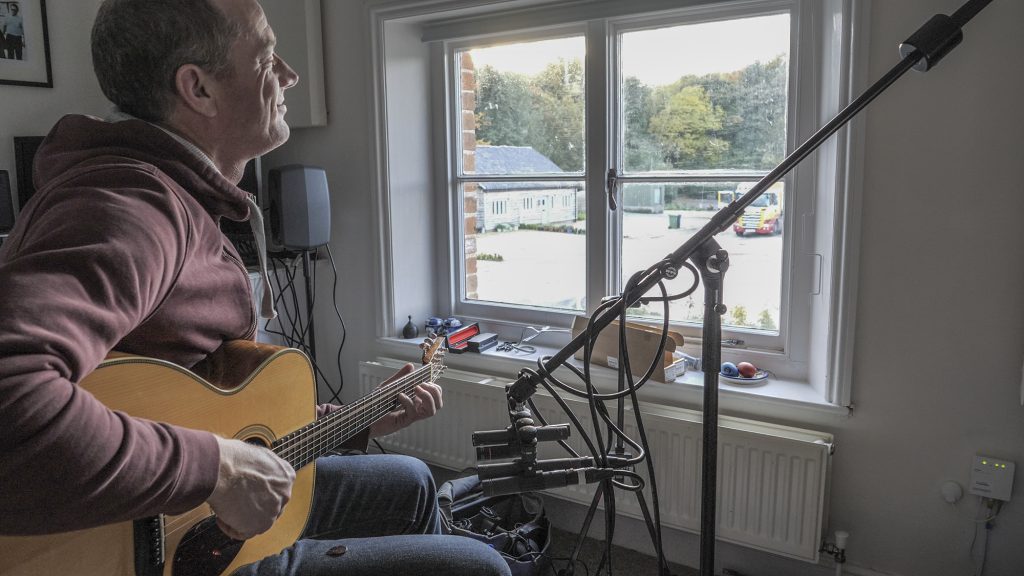
Next we moved on to a test of the three cardioids (CA-08, Schoeps CMC640 and Neumann KM184) much closer (at c.300mm) to the guitar for some more finger-picking style.
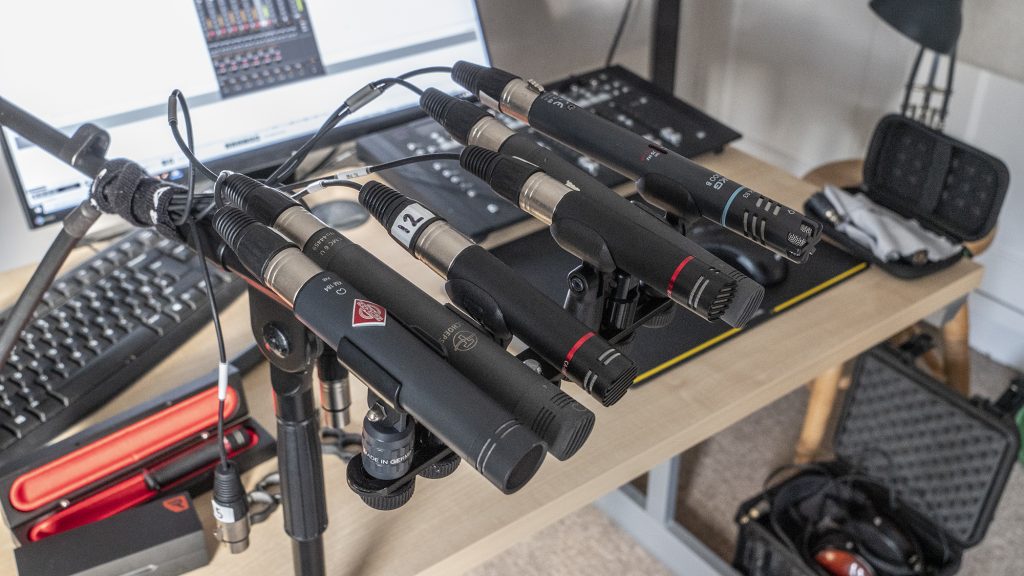
I was interested to hear the difference between the various mics via decent monitors, and, equally, to hear Mark’s experienced take on them. We agreed that the Rycotes held up really well on axis and off axis; that the Schoeps mics perhaps had an edge, especially on the close-miking test, but that was pretty much gone with a little reduction of the Rycote’s air (it’s subtle high-frequency emphasis, for which see the CA-08’s frequency response graph) using FabFilter Pro-Q 3 (and, obviously, this wouldn’t be necessary with more distant miking); and that the Neumann KM184 in all the tests was very much in third place. You may or may not agree, but these unprocessed WAV files, albeit at 48kHz rather than 192kHz, provide a source you can play around with in a DAW and draw your own conclusions insofar as the set-up allows.
For something different, here’s another musical test, in this case with the harmonica – thanks to some blues harp playing by my neighbour Andy Chinn. This was recorded in a less than ideal acoustic space: a fairly low-ceilinged living room. Mics used comprised the Rode NT55 (with cardioid capsule) and the Rycote CA-08 , recorded into a Sound Devices MixPre-3:
This pair of recordings sees the CA-08 handling the harmonica well, and shows up the difference between it and the Rode NT55 cardioid capsule: the latter has what I would describe as harsher higher frequencies. To be fair, however, the Rycote mic does cost over twice the Rode, so this, and the well-known character of the NT55/NT5 cardioid capsule, means it is not an entirely unexpected result.
And in a similar vein, here is a recording of Rob Moore playing the melodeon and singing, made using a pair of the CA-08 cardioid mics on the melodeon (left and right of the instrument, pointing at each other: then planned in to 60% left and right) and an SC-08 on vocals (for a bit of isolation from the instrument), again into a Sound Devices MixPre-3.
Final thoughts
These tests are not meant to be exhaustive or, even, very technical, but, rather, an initial listen to Rycote’s new cardioid and supercardioid mics, with a few comparisons thrown into the mix. I have heard enough over the last few weeks, and have tried to give readers something of a flavour of that via the various WAV files, to convince me that these mics are a great follow-up to the HC-15 and HC-22. On the basis of their sound alone, I suggest that they deserve to be considered as alternatives to familiar mics at and above their price point. That they have such low self-noise and a healthy output too is a real bonus, which makes them all the more attractive a proposition, as does their being part of what is now a family of similar sounding mics.
It is with that last point in mind that I was glad to receive, whilst writing this post, a pair of Rycote’s omni OM-08 mics, and I will be putting them through their paces – especially with a view to field recording (and I’ll include the cardioids in this too) – in a second post on the new Rycote mics to follow soon.

